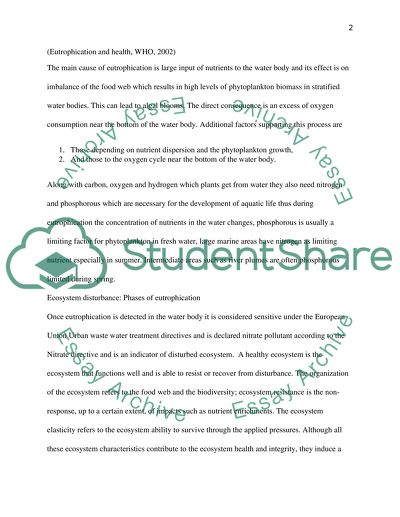Cite this document
(“Eutrophication Term Paper Example | Topics and Well Written Essays - 2000 words”, n.d.)
Eutrophication Term Paper Example | Topics and Well Written Essays - 2000 words. Retrieved from https://studentshare.org/miscellaneous/1508608-eutrophication
Eutrophication Term Paper Example | Topics and Well Written Essays - 2000 words. Retrieved from https://studentshare.org/miscellaneous/1508608-eutrophication
(Eutrophication Term Paper Example | Topics and Well Written Essays - 2000 Words)
Eutrophication Term Paper Example | Topics and Well Written Essays - 2000 Words. https://studentshare.org/miscellaneous/1508608-eutrophication.
Eutrophication Term Paper Example | Topics and Well Written Essays - 2000 Words. https://studentshare.org/miscellaneous/1508608-eutrophication.
“Eutrophication Term Paper Example | Topics and Well Written Essays - 2000 Words”, n.d. https://studentshare.org/miscellaneous/1508608-eutrophication.


